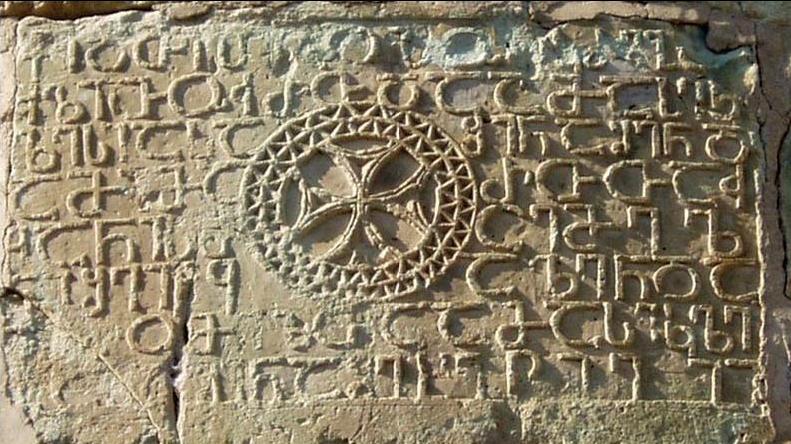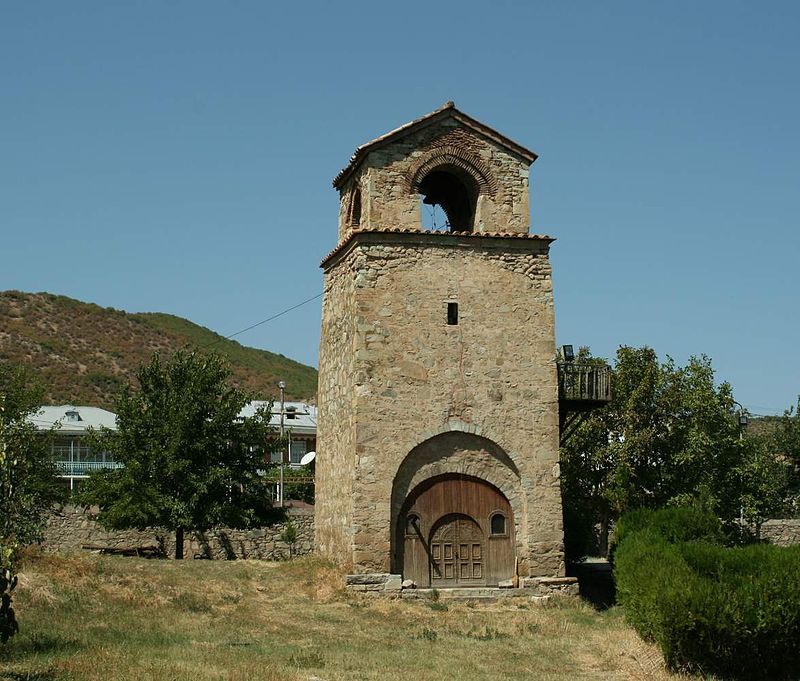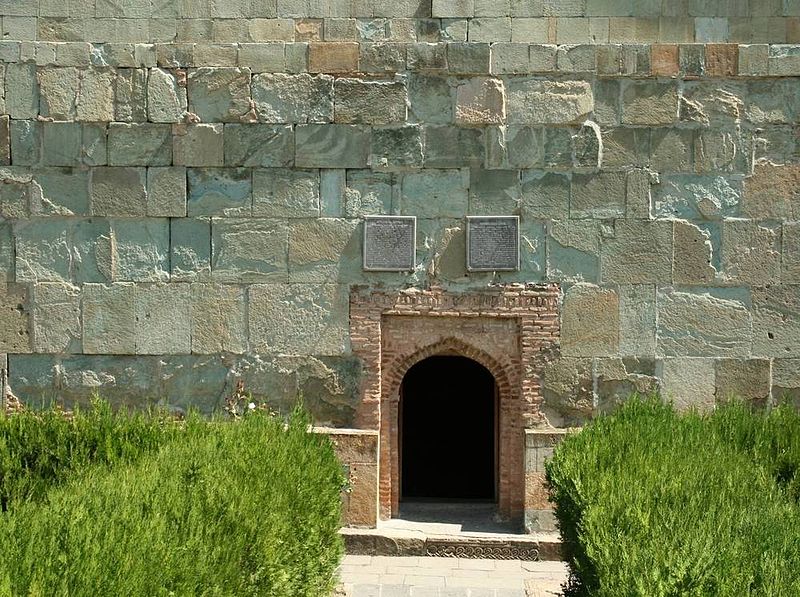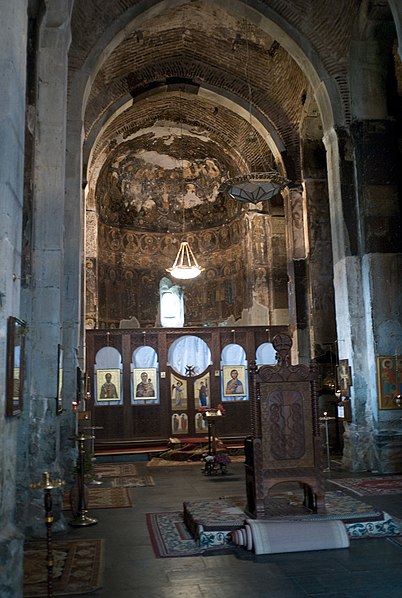Bolnisi Sioni

Facts and practical information
Nestled in the picturesque Kvemo Kartli region of Georgia, the Bolnisi Sioni church stands as a testament to the rich history and cultural heritage of this ancient land. This architectural marvel, dating back to the early 5th century, is one of the oldest Christian edifices in the country and is renowned for its historical significance and exquisite craftsmanship.
Constructed in 478-493 AD, during the reign of King Vakhtang Gorgasali, Bolnisi Sioni serves as a relic of Georgia's early adoption of Christianity. The church is particularly famous for its ancient Georgian inscriptions, which are among the oldest in the country and provide invaluable insight into the development of the Georgian alphabet.
The architecture of Bolnisi Sioni is a classic example of the early Christian basilica style, with a simple yet imposing rectangular layout. The church's façade is adorned with ornate stone carvings and reliefs, featuring both religious motifs and traditional Georgian patterns. Inside, remnants of once-vibrant frescoes hint at the church's former glory, capturing the essence of medieval Georgian artistry.
Bolnisi Sioni's historical and cultural significance is underscored by its status as a UNESCO World Heritage Site candidate, further highlighting the church's importance as a symbol of Georgia's Christian heritage.
Kvemo Kartli
Bolnisi Sioni – popular in the area (distance from the attraction)
Nearby attractions include: Tsughrughasheni Church, Lurji Monastery, Tamaz Stepania Stadium, Bolnisi.









